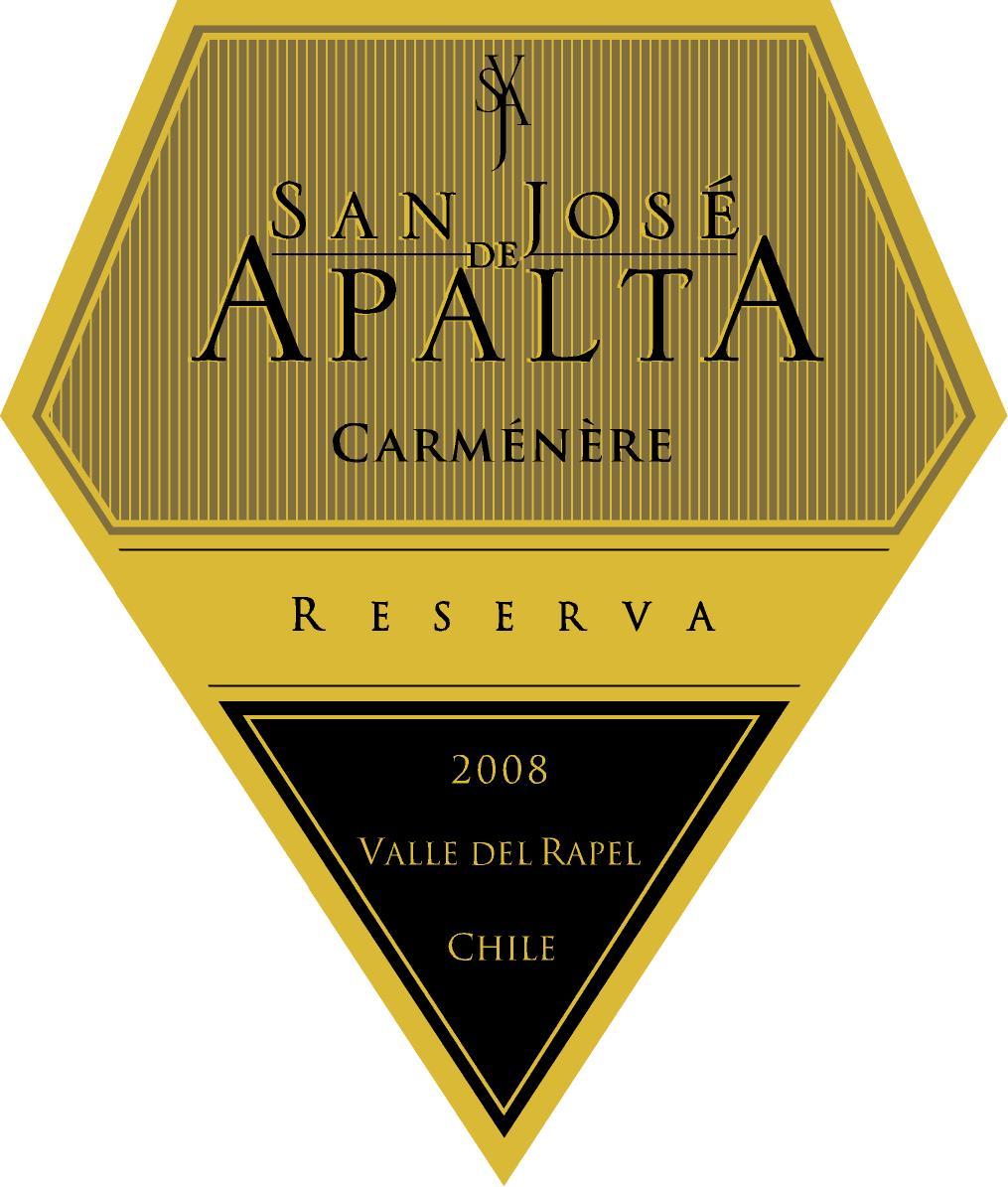2008 Rapel Valley Carménère
The San Jose De Apalta Reserva is a stunning example of Carménère from the esteemed Rapel Valley, showcasing the region's ability to produce exceptional red wines. With a rich, deep crimson color, this wine entices the senses right from the start. On the nose, it offers an inviting bouquet of dark fruit notes, such as ripe blackberries and plums, beautifully complemented by hints of spice and earthiness. The palate reveals a well-rounded experience, balancing its full-bodied character with a vibrant acidity that adds brightness and liveliness. A delightful interplay of medium tannins provides a sturdy structure without overwhelming the fruit, making it approachable and smooth. As it glides across the tongue, one can savor its nearly dry finish, leaving a lingering impression that invites another sip. This vintage is a true testament to the potential of Carménère in the Rapel Valley, celebrating both the varietal and its exceptional terroir.
The San Jose De Apalta Reserva is a stunning example of Carménère from the esteemed Rapel Valley, showcasing the region's ability to produce exceptional red wines. With a rich, deep crimson color, this wine entices the senses right from the start. On the nose, it offers an inviting bouquet of dark fruit notes, such as ripe blackberries and plums, beautifully complemented by hints of spice and earthiness. The palate reveals a well-rounded experience, balancing its full-bodied character with a vibrant acidity that adds brightness and liveliness. A delightful interplay of medium tannins provides a sturdy structure without overwhelming the fruit, making it approachable and smooth. As it glides across the tongue, one can savor its nearly dry finish, leaving a lingering impression that invites another sip. This vintage is a true testament to the potential of Carménère in the Rapel Valley, celebrating both the varietal and its exceptional terroir.




